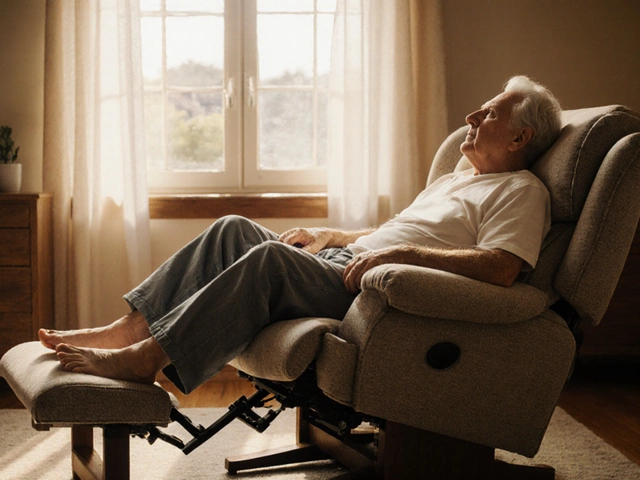
Is It Okay to Sleep on a Sofa Bed Every Night?
Thinking about making a sofa bed your regular mattress? This article breaks down whether you can actually sleep on one night after night without wrecking your back or your mood. It digs into how sofa beds compare to real beds, how to make them less of a pain, and what science actually says about their long-term effects. Plus, you'll find real tips for making a sofa bed more comfy and healthy. You'll leave knowing if the convenience is worth the trade-off.

Disadvantages of Sleeping on a Couch: What You Need to Know
Sleeping on a couch might sound convenient, but it comes with its own set of issues. This article digs into the physical discomfort, potential health risks, and maintenance problems tied to regular couch sleeping. You’ll get the facts you need to weigh the trade-offs and some smart tips for safer, better sleep. Find out why a night on the sofa often leaves you achy or restless. If you’re using your couch as a bed, there are things you should know.

Is It OK to Sleep on a Couch Every Night?
Sleeping on a couch every night might seem cozy at first but could have long-term effects on your posture and health. While couches offer a temporary solution for sleeping, it's crucial to consider the wear and tear on both your body and the couch itself. Learn about the pros and cons, tips to make couch sleeping more comfortable, and when it's time to invest in a better sleeping arrangement.




